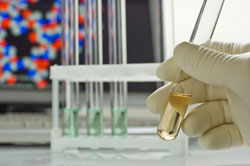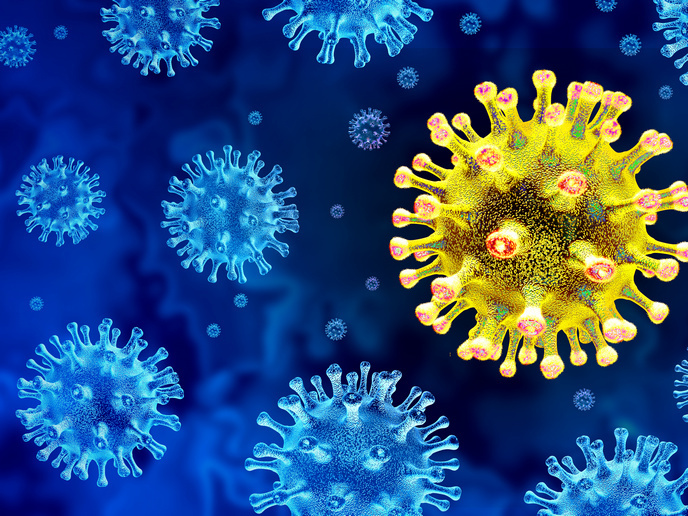NIKE tool predicts toxicity
Toxicity of pollutants within the food chain is of increasing concern. There is no doubt that there is widespread commitment to the limitation of the use of dangerous chemicals. However, how to assess the extent of toxicity of the multitude of chemicals discharged into our environment remains the real challenge. Traditionally, animal testing has been used to produce data for toxicity of molecules, particularly to determine levels toxic to humans. However, there is increasing opposition to this on the grounds of animal cruelty, cost and time taken to achieve results. Current advances in biochemistry and computer technologyare set to render this type of testing obsolete, however. QSARs, or quantitative structure-activity relationships, are the means by which chemical structure can be quantitatively linked with biological activity such as toxicity. This of course yields a vast amount of data and the obvious candidate to deal with this was the development of specially designed software. Accordingly, the DEMETRA project set its target to design software to produce reliable predictions of ecotoxicity for the vast number of pesticides presented for registration. NIKE, the software developed, combined all the data acquired in the DEMETRA project, together with input of the chemical structure in the form of numerical chemical descriptors. Using the most appropriate algorithms, it allows prediction of toxicity against four key organisms, the rainbow trout, the water flea, Bobwhite quail and the honey bee. LD50's, or lethal doses for 50% of the subjects after a pre-determined time, were ascertained for realistic exposure times. The software tool can be used on any computer supplying Java, making it very user-available. The package itself can be downloaded from the DEMETRA official web page at http://www.demetra-tox.net The software tool can be run from the home page, or as a downloaded entity on their own computer. As well as the downloadable tool, an online user guide and tutorial are available. The flexibility and ease of use of the tool will result in a wide base of potential users - in both academic and industrial environments. Conservation groups, pharmaceutical, cosmetic, and agrochemical industries all stand to gain as well as the safety of our food chains. Refinement of the software in the future can allow for the prediction of toxicity for newly developed potentially biologically active molecules.







